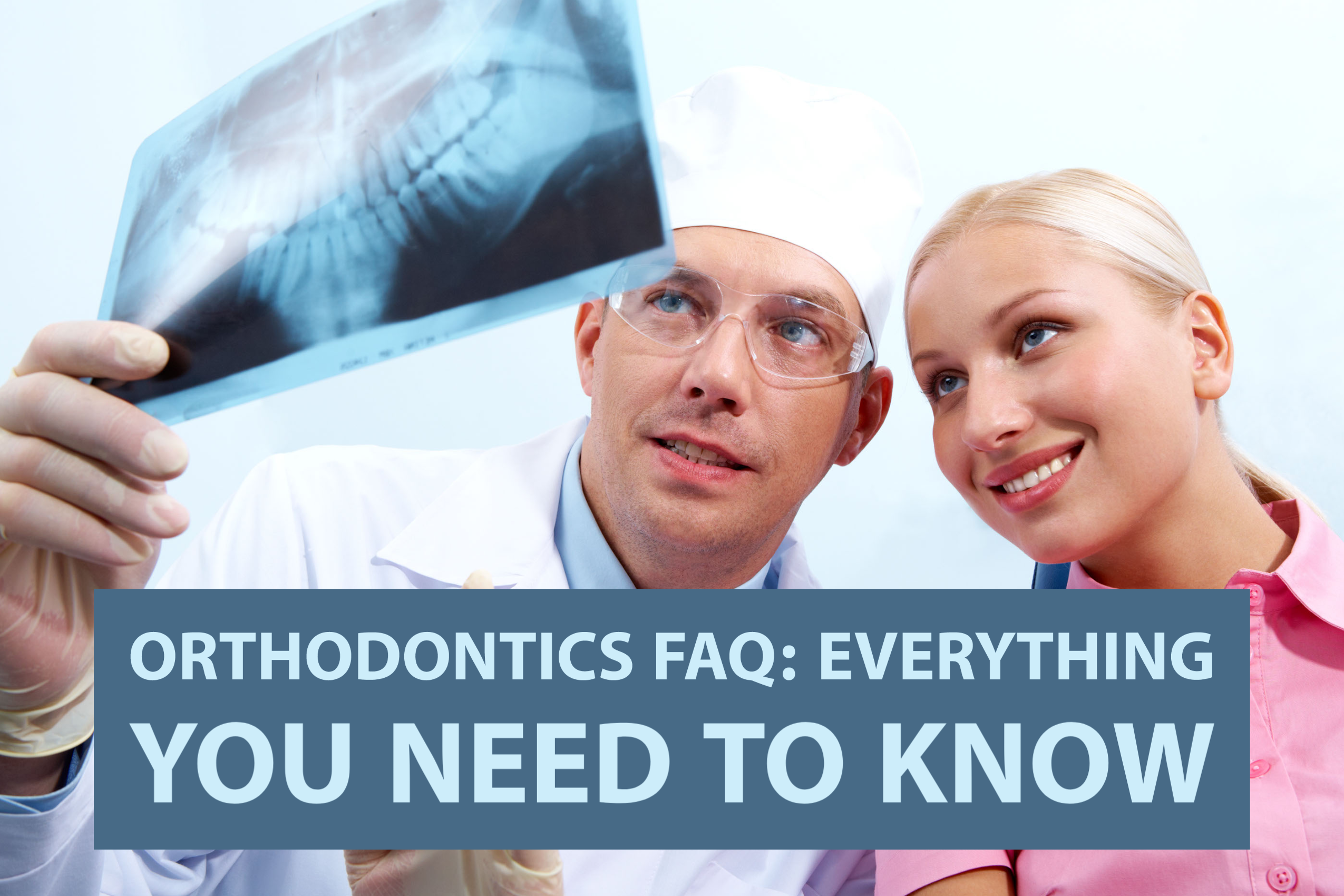A Biased View of All Star Family Orthodontics
A Biased View of All Star Family Orthodontics
Blog Article
All Star Family Orthodontics for Dummies
Table of ContentsThe 8-Minute Rule for All Star Family OrthodonticsThe All Star Family Orthodontics StatementsThe Basic Principles Of All Star Family Orthodontics The All Star Family Orthodontics DiariesExamine This Report on All Star Family Orthodontics

In addition, we offer adjustable treatment schedules, flexible payment alternatives and a fun, pleasurable experience.
An orthodontist is a dentist trained to detect, prevent, and deal with teeth and jaw abnormalities - https://www.dreamstime.com/lawrencepayne08857_info. They deal with existing conditions and are educated to determine issues that might establish in the future. Orthodontists deal with individuals of every ages, from kids to adults. Individuals usually link a best smile with healthiness.
Malocclusion, or misaligned teeth, can result in oral issues, including dental cavity, gum tissue condition, and tough or excruciating eating. Not everyone is birthed with straight teeth. If you have a poor bite or big areas between your teeth, you may intend to speak with a dentist concentrating on orthodontic care.
How All Star Family Orthodontics can Save You Time, Stress, and Money.
(Image Credit Score: DigitalVision/Getty Images) Orthodontists use fixed and removable oral devices, like dental braces, retainers, and bands, to change the setting of teeth in your mouth. Orthodontic therapy is for dental problems, including: Crooked teethBite problems, like an overbite or an underbiteCrowded teeth or teeth that are as well much apartJaw misalignmentThe goal of orthodontic treatment is to enhance your bite.
A healthy bite ensures you can consume, chew, and talk correctly. While you may think about orthodontists as generally for children or teens that require braces, they can remedy oral problems at any kind of age. Orthodontists go to college, oral institution, and orthodontic school. After graduation, they invest 2 or 3 years in an orthodontic residency program.
All orthodontists are dental practitioners, but not all dental experts are orthodontists. Orthodontic residency programs provide extensive, focused instruction for dental experts. They concentrate on 2 locations: Just how to properly and safely move teeth How to correctly assist advancement in the teeth, jaw, and faceOnce an orthodontist has actually completed training, they have the alternative to become board certified - https://zenwriting.net/allstarfamilyortho/discover-the-best-old-bridge-orthodontist-for-your-family.
Some Of All Star Family Orthodontics
Imbalance, or malocclusion, is the most usual reason people see an orthodontist. It is hereditary and is the result of size distinctions between the upper and reduced jaw or between the jaw and teeth. Malocclusion leads to tooth congestion, an irregular jaw, or uneven bite patterns. Malocclusion is typically treated with: Your orthodontist affixes metal, ceramic, or plastic square bonds to your teeth.
If you have only small malocclusion, you may have the ability to use clear braces, called aligners, rather than conventional dental braces. Some people require a headgear to assist move teeth into line with stress from outside the mouth. After dental braces or aligners, you'll need to use a retainer. A retainer is a customized gadget that maintains your teeth in area.

You might need to see an orthodontist if you have: Crowding or otherwise adequate room for all of your teethOverbite, when your top teeth come your bottom teethUnderbite, when your bottom teeth are too far forwardSpacing or concerns with gapsCrossbite, which is when your top teeth fit behind your base teeth when your mouth is closedOpen bite or a vertical space in between your front base and top teethMisplaced midline, when the facility of your bottom and upper teeth don't line up Dealing with an oral malocclusion can: Make biting, chewing, and speaking easierImprove the symmetry of our face and your general appearanceEase pain from temporomandibular joint conditionsDifferent your teeth and make them easier to clean, helping avoid dental caries or dental caries It's often a dental professional who first notices misaligned teeth during a regular examination.
An Unbiased View of All Star Family Orthodontics
During your first orthodontic appointment, you'll likely have: A dental examPhotos taken of your face and smileDental X-raysPanoramic (360 degree) X-rays of your face and headImpressions to create mold and mildews of your teethThese tests will aid your orthodontist understand how to proceed with your therapy. An orthodontist is a dental professional who's had training to treat your teeth and jaw.
Orthodontists might do surgical treatment, exams,X-rays, - orthodontistand even more to assist you attain an extra comfortable, much healthier smile. An orthodontist is focused on your bite, so something like a chipped tooth would certainly be dealt with by a dentist. Orthodontists are dentists however not all dental professionals are orthodontists. Orthodontists are concentrated on your bite, or the way your teeth meshed, and the straightness of your teeth.

By meticulously examining these components, the orthodontist can pinpoint any misalignments, crowding, spacing problems, or jaw disparities. Once a clear image is established, the my blog orthodontist will discuss individualized therapy alternatives.
Some Known Factual Statements About All Star Family Orthodontics
While braces are one of the most typically recognized orthodontic treatment, orthodontists have a diverse toolkit at their disposal. The certain approach chosen depends upon the seriousness of the situation, the person's age, and individual choices. These tried-and-true braces use a system of brackets adhered to the teeth and attached by cords.
Clear aligners, like Invisalign, are a popular option for individuals seeking a more very discreet treatment choice. These detachable trays are personalized to progressively move the teeth's placement. Headgear may be utilized combined with braces or aligners to apply extra targeted pressures, specifically for dealing with jaw discrepancies. In situations of slim jaws, palatal expanders can be used to create area for proper tooth placement.
Report this page